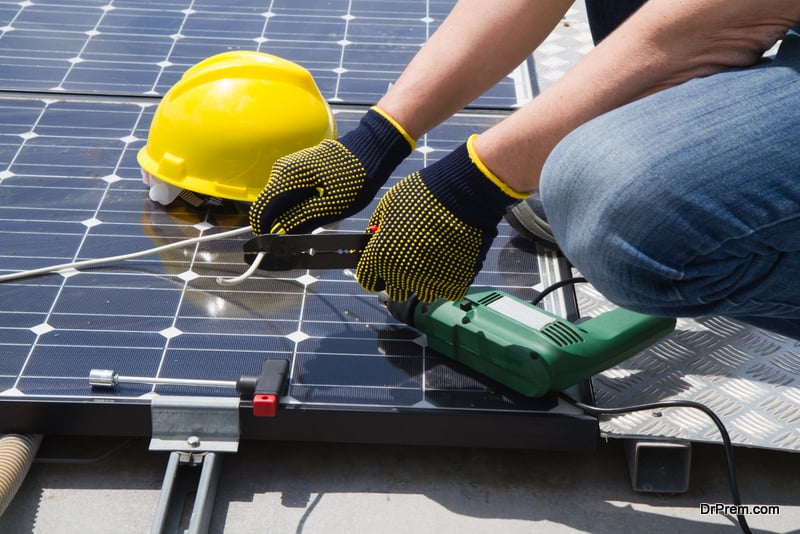Thinking of building your own fermentation device at home? Then here are some tips that can be of help to you in the process of getting it done the right way. A fermentation device is great for brewing high quality beer anytime of the year. The basic purpose of a fermentation device is to preserve the temperature required for yeast to be active. Take a look at these DIY tips to help you out.
Start with a thermal insulated box
Image Source : Cdn.Instructables
You will need a box that has enough room for two 5 l bidons. Irrespective of the outer dimensions of the box, ensure that is enough usable height inside (about 42.5 cm is considered reasonable).
Get your hands on a reasonable heater
You will need a heater to maintain a constant temperature inside the box. The best option in this case is to choose a heater used commonly in fish tank heating systems. These heaters can provide suitable temperatures between 18° and 34°C. They can also be adjusted easily and offer precise control of accuracy of just +/- 0.5°C. An on/off control lamp helps maintain a constant temperature by controlling the heat accordingly. The heaters can also be immersed in water completely and have an auto switch off feature to prevent dry running.
The heater also comes with a special glass jacket that helps to enlarge the heating surface and distribute heat evenly across a larger surface of water. The glass is also shatter free and does not contain any pollutants that may harm the contents in the box.
Get a Perforated Sheet to the Heater
You will need to get an inox perforated sheet that will hold the heater underneath while the latter is submersed inside the water.
Get the Final Arrangement Done
The final setup comes with arranging the heater as well as the inox metal construction on the floor of the box. You will need to ensure that the 5l bidon box comes with proper gas drainage. There should be enough space at the bottom for the drainage to breathe. For instance, if the metal construction takes up about 5 cm, the bidon about 25 cm and the gas drainage about 10 cm, there will be about 4.5 cm left out of the 42 cm for breathing space.
Points to Note
Note that the box needs to have space for two bidons while the top will fit the cover of the box.
Also ensure that the bidons containing the nutrient solution for the germs need to be immersed only up to one third of its length in water. This setup will ensure that the nutrient moves around the setup properly at the natural temperature gradient.
Refrain from using calciferous water inside the thermal box. Doing so will cause calcification inside the thermal box, thus creating a really messy box you will need to clean up later onwards.
The inox perforated sheet used for the heater is best got along with a panel beater. Check for a thickness of about 1 mm for optimum performance. Make note that the heater has enough space in the water to heat it efficiently and that you are able to close the box completely afterwards.
The thermal box needs to be closed completely as this will prevent humidity from collecting inside the box while ensuring that the heat does not escape from the fermenter. In case the heater cable is too thick that it doesn’t allow for the lid to close properly, consider drilling a hole on the lid to let the heater cable slip through.
Creating your own DIY fermentation box is an easy task. It can be done with a few easy to get items that can be assembled in no time at all. These pointers will help you in the process.



